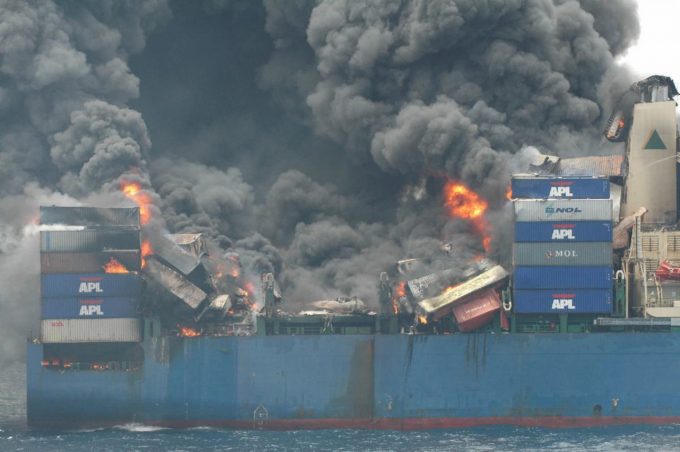Forwarders should be wary of granting extended credit, says TT Club
Freight forwarders should “beware of fraudulent customers offering lucrative loads”, said TT Club, as it ...

Onboard firefighting regulations have not kept pace with the rapid increase in the size of containerships, and the steel box used to transport goods is a fire risk, a maritime industry conference in London concluded.
Hosted by the London Branch of the Nautical Institute, on board HQS Wellington, industry stakeholders heard from speakers representing the insurance, surveying and salvage sectors on increased fire risks aboard today’s containerships.
One insurance delegate said, during a post-conference networking session, she was “shocked” by the serious issues ...
USTR fees will lead to 'complete destabilisation' of container shipping alliances
Outlook for container shipping 'more uncertain now than at the onset of Covid'
Flexport lawsuit an 'undifferentiated mass of gibberish', claims Freightmate
Shippers warned: don't under-value US exports to avoid tariffs – 'CBP will catch you'
Cancelled voyages take the sting out of spot rate declines this week
New Houthi warning to shipping as rebel group targets specific companies

Comment on this article